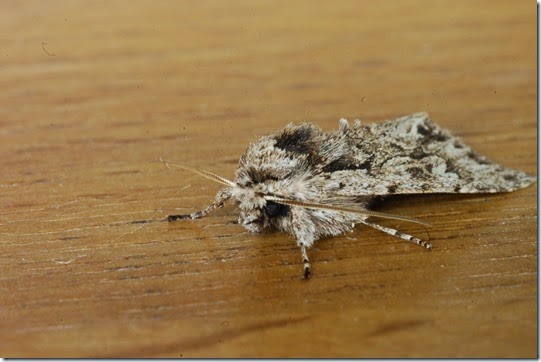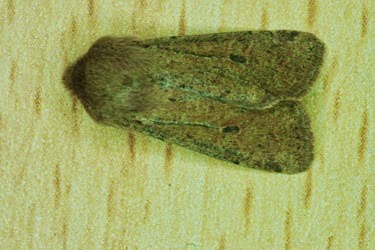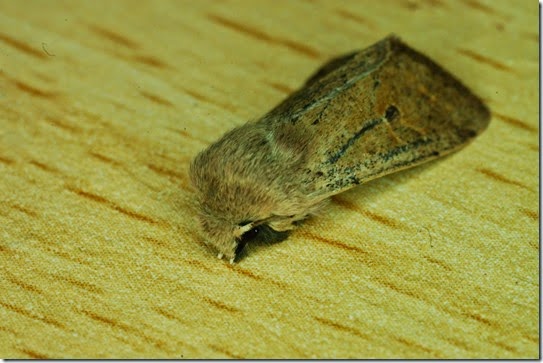I’ve not had much success in getting out to see butterflies lately, instead I’ve been concentrating on trapping and ID’ing moths. I thought that this was set to continue with the recent arrival of baby number 2. Twitter brought me news that there were two guided walks run by Butterfly Conservation Warwickshire nearby, one in Snitterfield Bushes on Wednesday and the other near Draycote village on Saturday. As I’m on paternity leave I’d initially thought there was no chance I’d be allowed able to go. But I had managed to get well ahead on the household chores and asked if it was ok to go fifteen minutes before the required departure time. Permission granted, bag packed, escape imminent. Then the midwife rolled up, normally I would attend to the older boy while the midwife checked out the baby. Luckily this wasn’t required and I was free to go. I quickly went before any minds were changed.
I jumped in the car and headed off towards Stratford, there were loads of butterflies at the sides of the roads so we were bound to see a few at Snitterfield.
Having rushed out I was fairly poorly clothed for a wander round woodlands and meadows. Shorts and tee-shirt with bright yellow trainers were not the standard outfit amongst the rest of our party. Not being a keen follower of any sort of fashion, this was the proverbial water off of the duck’s back. The weather was pretty good, I’d just have to remember not to bash through any brambles and look out for nettles.
There were tonnes of butterflies on show. Keith and Mike, our guides for the walk, were great at telling us what they were and showing us where to look. Butterflies spotted were: Meadow Brown, Ringlet, Silver Washed Fritillary, Purple Hairstreak, Gatekeeper, Small Skipper, Essex Skipper (I think, though not 100% certain what the final verdict was on this one), Marbled White, Large White, Small Tortoiseshell, Speckled Wood and a Comma. Some moths were out too including a Hummingbird Hawk, Six Spot Burnets and Shaded Broad-Bar. It was great you didn’t have to try hard to see butterflies, it was a great trip out.
Silver Washed Fritillary (stalking a meadow brown?)
Large Yellow Underwing (Moth)
Speckled Wood
Marbled Whites
Small Skippers
Shaded Broad-bar (moth)
Meadow Brown
Six Spot Burnet (moth)
For the Skippers the area to look out for is the unsderside of the tips of their antennae. If they are all black then they are Essex Skippers, if not then they are Small Skippers (far more common). Good luck telling them apart or even getting them to sit still long enough for a picture.
Like Cinderalla I had to leave the ball early as I had promised to be home in time for lunch. Keith let me know that I would miss one of the highlights on the second half of the walk – White Admirals! Something to look forward to next time.
As a side note I would like to add that upon arrival back home I was locked out of the house and my wife and the two little ones were both sound asleep. I could see her sleeping from the rear windows of the house. I sat in the garden for the best part of an hour before getting let in. But at least I got out at all, I wasn’t expecting to see a dozen or so species in one morning. Cracking day out.

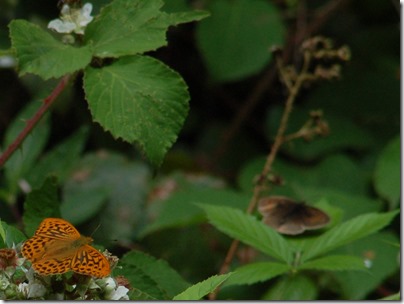
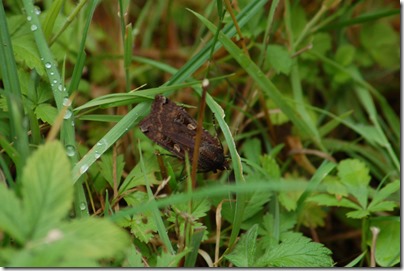





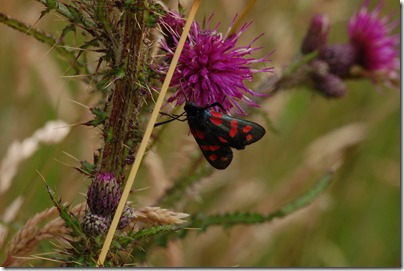

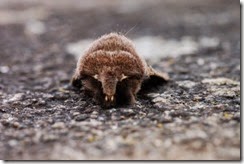
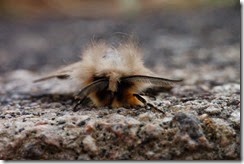
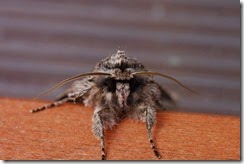
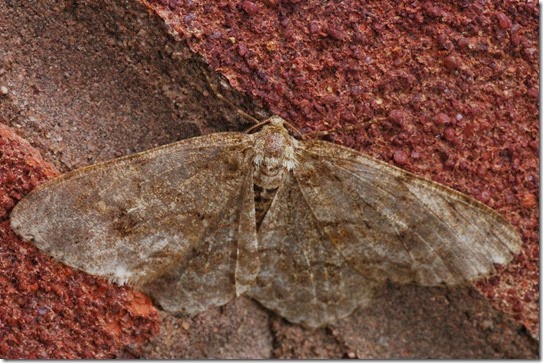
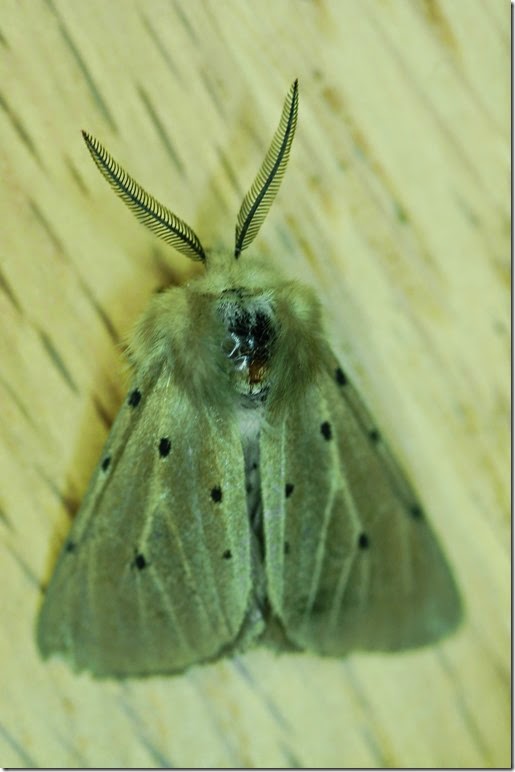

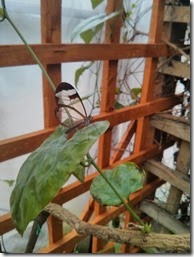
![IMG_20150403_155444[3] IMG_20150403_155444[3]](http://lh5.ggpht.com/-HhXM2cQastk/VSBAcoXirdI/AAAAAAAAARM/u9OAc9nmzIY/IMG_20150403_155444%25255B3%25255D_thumb%25255B1%25255D.jpg?imgmax=800)

